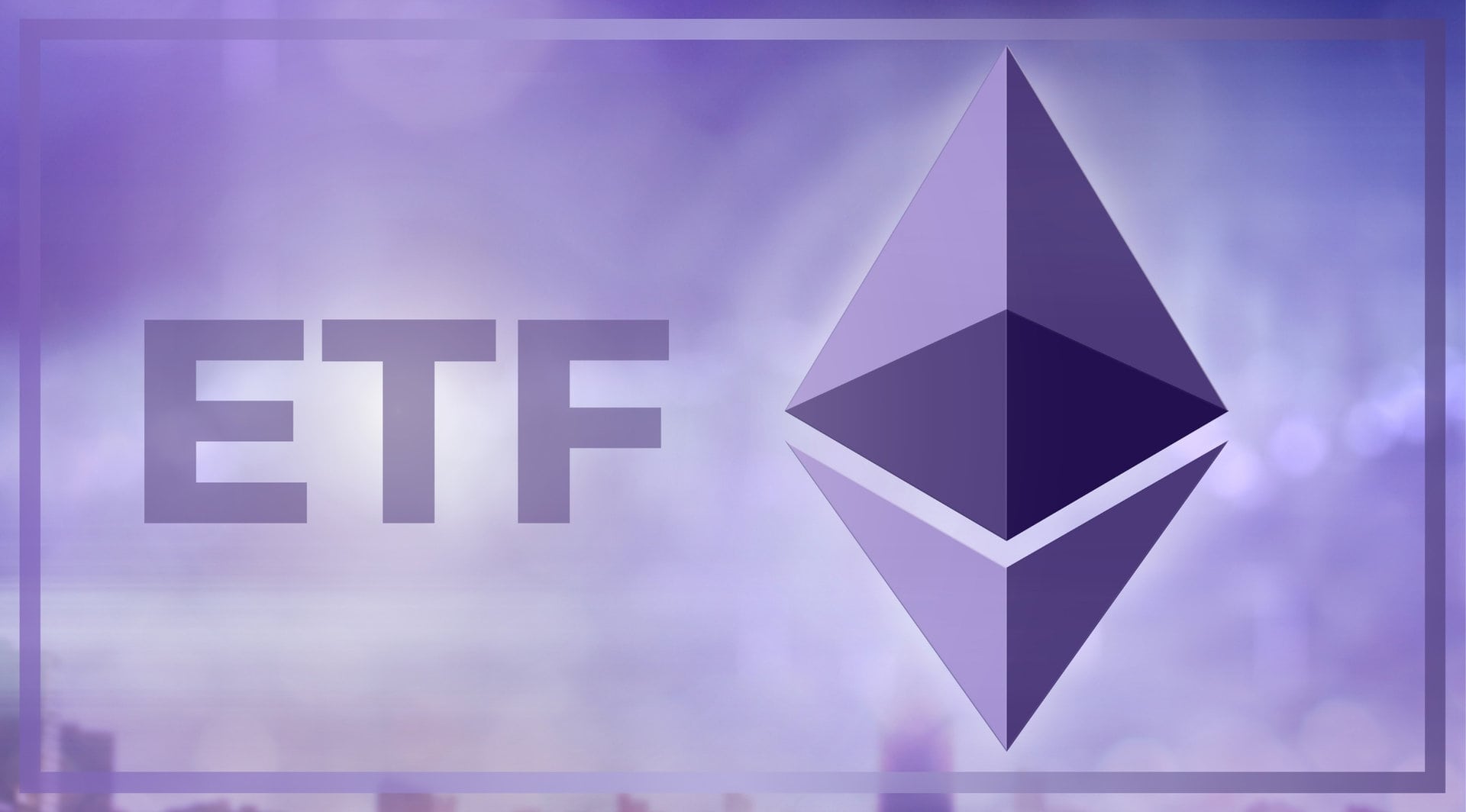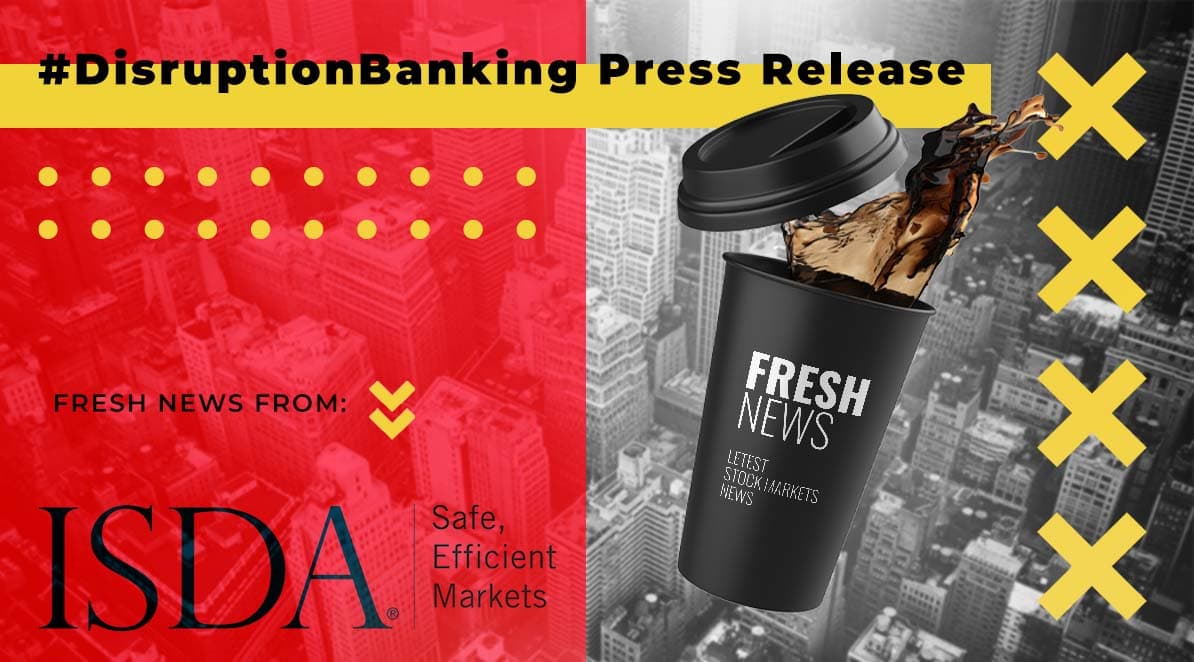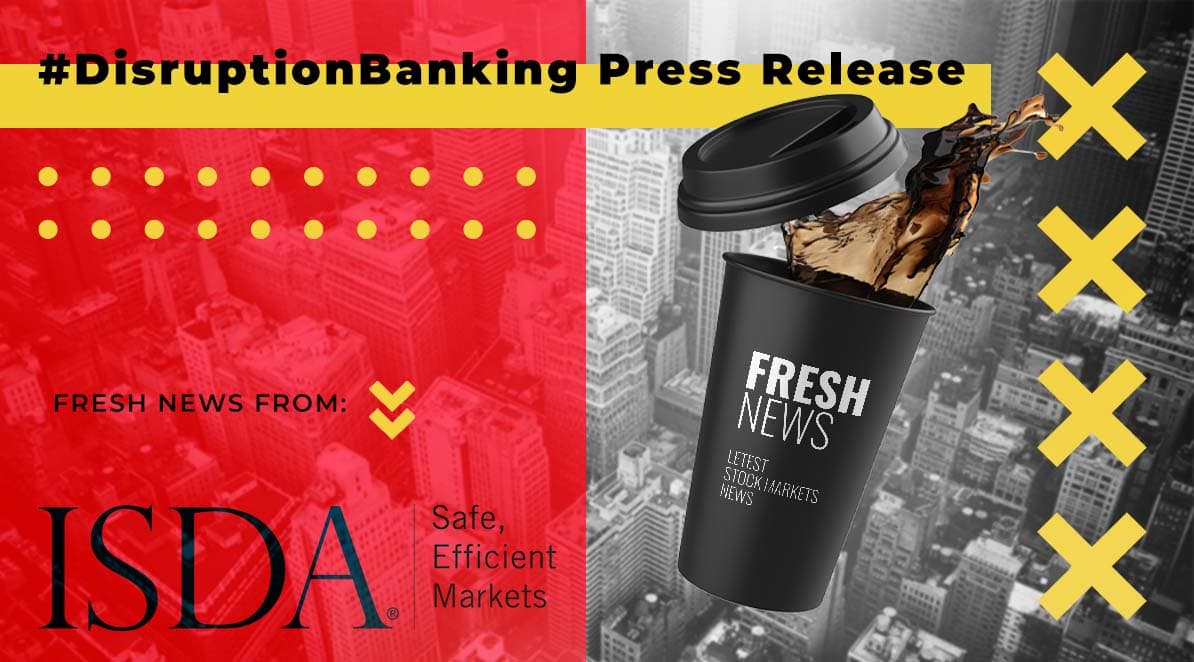2021 is often described as the year “crypto went mainstream.” A report from Crypto.com showed that the number of crypto users globally doubled in just the first half of the year – with the total number of users now standing at over 300 million. With this increased usage has come increased consumer demand for blockchain-based products, not least because of the sizeable returns that some investors have seen in the last few years. Increasingly, institutional investors such as investment banks and hedge funds are feeling the pressure from clients to offer crypto products. This means that they are needing to adapt their tech infrastructure in order to offer quick and cost effective access to these new markets.
This is where Tom Higgins’ Gold-i comes into place. Since 2017, Gold-i have offered their “Crypto Switch™” product, which has been used by FX brokers wishing to open up cryptos as an additional asset class for their clients. Now Gold-i is seeking to establish itself within the fund management sector and become the “technology of choice” for financial institutions launching crypto funds. Just last week, Gold-i announced that it had been selected by Modus.Trade, a crypto specialist investor network, to manage its tech infrastructure.
Gold-i has been selected by @Modus_Trade a crypto specialist investor network, to manage its entire technology infrastructure. https://t.co/McclvYmgOz
— #DisruptionBanking (@DisruptionBank) January 20, 2022
We caught up with Tom Higgins, CEO of Gold-i, to discuss the product and developments in the crypto space.
Tom began by outlining how Gold-i ended up getting involved in digital assets. Coming from a background of FX and traditional asset classes, he realised that the model could be adapted to fit cryptos – which, of course, has seen exponential growth over the last few years. With demand growing, and markets becoming more sophisticated, Gold-i decided to launch a crypto product to provide clients with access to crypto liquidity in a similar way to its liquidity offering for more traditional markets:
“Gold-i has been around for 13 years and we have built up a whole base of technology – all around aggregation, pricing order execution and routing, through a multitude of different asset classes and different venues. From typical exchanges to market makers, we’ve become the glue between everything else.
“We have over 100 B2B clients in the FX and CFD space, and we went live with our crypto products in that space a couple of years ago. But as time has progressed and the institutional investment in crypto has increased – and the processes have got more and more robust – the venues have got bigger. This means that you can lay off more of your risk, and so it’s more interesting as an asset class for funds to dip their toes in. While they often don’t want to have the level of volatility that often comes with crypto, they want some exposure to it.
“When we met Nathan Sage, CEO of Modus.Trade, he explained his business to us and that he wanted to deposit cryptos rather than fiat. The model that worked best for him was the FX model, where his only counterparty is the clearing house and we then onboard as many of the liquidity providers as possible.
“What we noticed was there’s a whole segment of fund management firms which are small – as in not many staff – but large as in the amount of size they trade. These firms are keen to outsource all their technology, and we are ideally placed to help them. In Modus.Trade’s case, they wanted to use the Meta Trader 5 platform as a very simple execution venue because it’s straightforward to use and you can easily implement algorithms in it as well, which is what they often want to do. But you can also hook it up to a whole bunch of different venues – and this is where Gold-i comes in. Our trading technology expertise combined with our experience in the crypto space has resulted in a unique offering. Fund managers who are launching crypto funds can leverage our extensive network and we can connect them to market makers and clearing houses, get them up and running very quickly, and manage their entire technology infrastructure.”
Crypto Switch™ is the proven digital asset institutional solution for consuming and distributing Crypto liquidity.
— Gold-i (@gold_itech) January 19, 2022
For more information, contact sales@crypto-switch.iohttps://t.co/Dfbw6PoHO2#Crypto #Trading #DigitalAssets pic.twitter.com/F55Fn9h0uA
Certainly, Tom sees the increasing consumer interest in, and awareness of, crypto as a major reason for the institutional level investment that we are now seeing. Consumers are demanding that their banks offer them access to alternative asset classes, and they are being forced to act. This, in turn, could lead to more sophisticated and mature markets:
“I mean, we steer clear of some of the stuff you read about – you know, “go and buy Shiba Inu” and Dogecoin, things like that. That’s not got anything to do with what we are doing now. What we are seeing is more and more institutional grade investment in crypto.
“This investment has had a big effect in dampening the big drops and rises – digital assets are still volatile, but are at a sensible, useful level of volatility. When there’s a big drop now, it might drop 5% – which is still massive in some asset classes – but it’s not 50% or 80% like it would have been a few years ago just because somebody said something stupid.
“The more institutional investment you get, it’s a virtuous circle. And all the banks who say that they’ll never touch this – well, they’ve all got secret rooms where board members are saying “we need to have exposure to these asset classes because our clients are demanding it.” So we’ll see institutional involvement more and more – not least because the technology behind trading digital assets is just so much more advanced than the quill and paper way of doing stocks.”
This morning, @JoeSquawk & I discussed #Bitcoin institutional adoption, #Crypto regulation, the sources of current market volatility, the demise of Gold, and the emergence of USD as the world’s digital currency & BTC as the world’s dominant digital asset & safe haven investment. pic.twitter.com/VZImK0cP12
— Michael Saylor⚡️ (@saylor) November 19, 2021
And who are these funds serving? Critics of crypto have suggested that some crypto providers take advantage of consumers’ relative lack of knowledge to flog volatile, complex and high-risk financial products. Tom understands these concerns but suggests that, on the institutional side Gold-i serves, it is more the professional and high net-worth individuals who are getting involved:
“The sort of clients served by the funds we work for are mainly high net-worth individuals at the moment. This is the sort of business that we’re getting, and we prefer it because they are more professional. When the retail brokers originally added crypto assets a few years ago, it was a very immature market – so when the prices collapsed suddenly, they all got badly burned because they weren’t managing their risk anywhere.
“But once the institutional side gets stronger, there will be a much more mature market and they will be better able to cover their risk. The retail brokers probably won’t go straight to these big market makers; Crypto Prime Brokers will need to take on the risks for retail brokers. You’ll need some risk intermediaries like you have on the retail FX floor, covering that risk in the market and then offering liquidity out to retail brokers. That’s what our Crypto Switch ™ product allows institutions to do in the crypto space.”
Finally, we addressed one of the major topics of conversation in the crypto space currently – regulation. Many unregulated firms have come under fire for not building positive relationships with regulators or for somewhat lax approaches to compliance. While Gold-i is not directly affected by this – it is a tech provider so is not regulated in the same way as those which operate in markets – Tom does believe their platform can help bolster firms’ compliance credentials:
“Because of the world we’ve come from, we offer complete transparency of everything. So when you execute a trade, you can see the order book in every other venue at that time. And so if you were the regulator and applied the same regulation as they do in equities or FX, then you can say to them “well, the reason that we executed at this venue was because they offered the best price.” You can prove that you are doing the right thing.
“You can also have solutions that make sure you offer a reliable execution service to your clients. This definitely doesn’t happen in the crypto exchange world – you have a single source, and if one market goes down, as they do quite often on these exchanges, they just have no market. You can’t do anything, nothing happens.
“So by providing that institutional grade technology, transparency and stability, you can see what’s going on and achieve reliability. I think that this will make the regulators more comfortable that they’re not going into this blind and they will be able to see the data.”
This is an interesting transition moment for the crypto market. Clearly the crypto space is maturing and becoming more sophisticated, with tech like that provided by Gold-i facilitating deeper institutional involvement in digital asset markets. If Tom is right, then this involvement will lead to a less volatile, more stable and thus more attractive market – attracting an ever-greater number of users. While much still has to happen for this to be the case, the future could be looking bright for Gold-i and the institutions it serves.
Author: Harry Clynch
#Crypto #Blockchain #InstitutionalInvestors #FundManagement #DigitalAssets #Liquidity #CFDs #CryptoFunds #Volatility #Regulation #Compliance #Transparency















